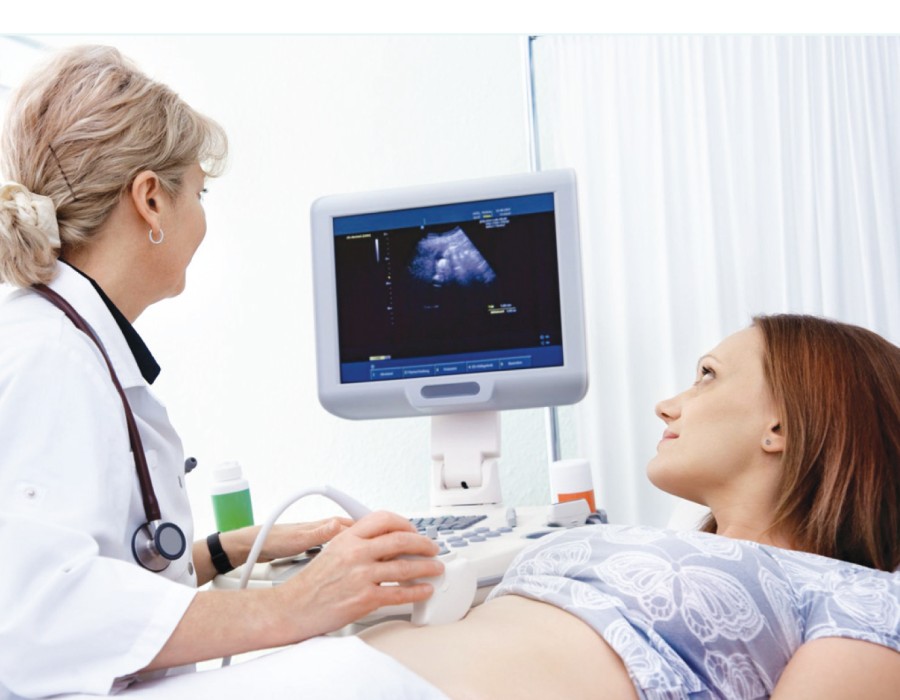Fibroids, also known as uterine leiomyomas or myomas, are non-cancerous growths in the uterus. There are several treatment options for fibroids, each with its own potential risks and benefits. The choice of treatment depends on factors such as the size and location of the fibroids, symptoms, the patient's age, and whether they wish to preserve fertility.
Here’s an overview of the potential risks and benefits of various fibroid treatment methods:
Watchful Waiting (Expectant Management)
Benefits:
- No medical or surgical intervention required.
- Avoidance of potential side effects or complications associated with treatments.
- Suitable for women with mild or no symptoms.
Risks:
- Symptoms may worsen over time.
- Fibroids may grow, potentially necessitating more invasive treatments later.
- Possible impact on fertility if fibroids grow larger.
2. Medications
- Hormonal Therapy (e.g., Gonadotropin-Releasing Hormone Agonists, Progestins, Birth Control Pills)
Benefits:
- Can reduce symptoms like heavy menstrual bleeding and pelvic pain.
- Non-invasive and reversible.
Risks:
- Temporary solution; symptoms often return after discontinuation.
- Side effects such as bone loss, hot flashes, and mood swings (especially with GnRH agonists).
- Not suitable for long-term use.
- Non-Hormonal Medications (e.g., NSAIDs, Tranexamic Acid)
Benefits:
- Can help manage pain and reduce bleeding.
- Non-invasive and suitable for short-term symptom relief.
Risks:
- Do not shrink fibroids.
- Possible side effects include gastrointestinal issues (with NSAIDs).
3. Minimally Invasive Procedures
- Uterine Artery Embolization (UAE)
Benefits:
- Reduces fibroid size and symptoms.
- Minimally invasive with a shorter recovery time compared to surgery.
- Preserves the uterus.
Risks:
- Potential for complications such as infection or premature ovarian failure.
- Not suitable for women desiring future pregnancies (potential impact on fertility).
- Risk of fibroid recurrence.
- Magnetic Resonance Guided Focused Ultrasound (MRgFUS)
Benefits:
- Non-invasive with quick recovery.
- Effective in reducing symptoms and fibroid size.
Risks:
- Limited availability and higher cost.
- Not suitable for all types of fibroids.
- Long-term efficacy is still being studied.
4. Surgical Treatments
- Myomectomy (Hysteroscopic, Laparoscopic, or Abdominal)
Benefits:
- Effective in removing fibroids while preserving the uterus.
- Preferred for women who wish to maintain fertility.
Risks:
- Risk of bleeding, infection, and adhesions.
- Potential for fibroid recurrence.
- Longer recovery time (especially with abdominal myomectomy).
- Hysterectomy (Partial or Total)
Benefits:
- Definitive fibroid treatment with no risk of fibroid recurrence.
- Resolves symptoms completely.
Risks:
- Major surgery with inherent risks such as bleeding, infection, and longer recovery.
- Loss of fertility and potential hormonal changes (if ovaries are removed).
- Emotional and psychological impact of losing the uterus.
5. Endometrial Ablation
Benefits:
- Minimally invasive.
- Effective for controlling bleeding.
Risks:
- Not suitable for women who want to preserve fertility.
- Potential for incomplete treatment and symptom recurrence.
- Risk of complications like infection and uterine perforation.
Summary
Choosing the right fibroid treatment requires a careful consideration of the benefits and risks of each option, tailored to the individual's symptoms, reproductive goals, and overall health. Consulting with a healthcare provider can help determine the most appropriate treatment strategy.





Comments